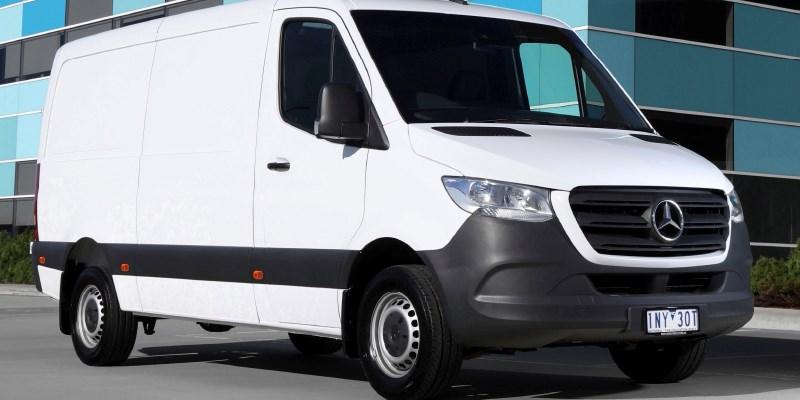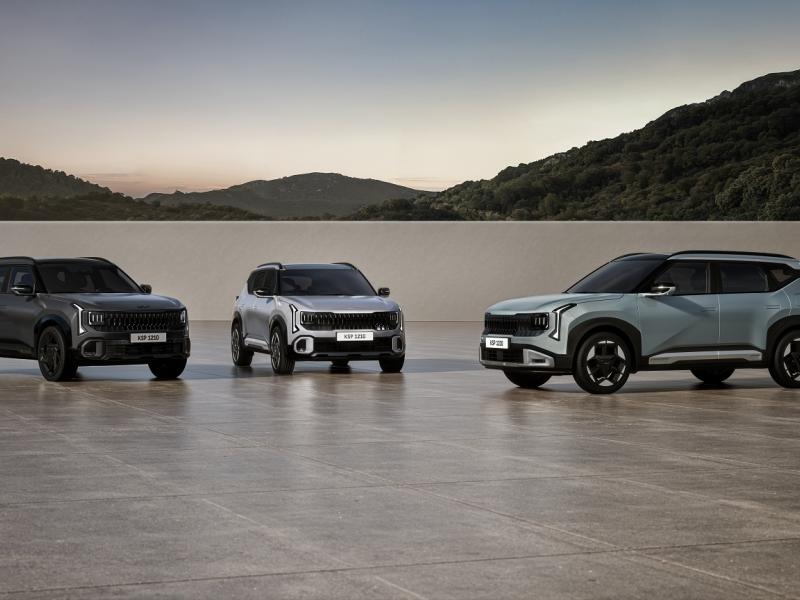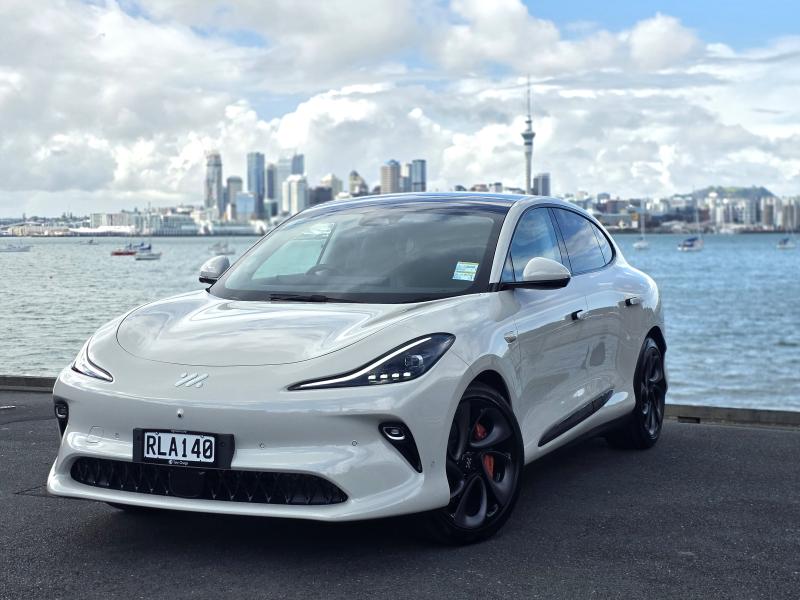A year ago, Mercedes-Benz announced a milestone release in its commercial vehicle history with the introduction of the new Sprinter van. Unfortunately, it appears the marketing department in Australia and New Zealand somehow didn’t get the memo…
As a result, the Mercedes-Benz Sprinter for 2019 became the world’s worst kept automotive secret.
Motoring enthusiasts knew about it, wanted to tell the world about it, but Mercedes-Benz – for reasons that will probably be as obscure as what the US government has at Area 51 – opted to keep the Sprinter right away from any starting gate.
It would seem, however, that Mercedes-Benz has decided to capitalise on the interest its passenger line has generated of late, and the lid has been officially lifted on the new Sprinter.
And under the lid is a large amount of information, which we can now share, having driven the Mercedes-Benz Sprinter 314 medium wheelbase light commercial van – which may be quite possibly the most versatile and therefore, most popular configuration.
I say this with a large degree of ‘’possibles” and “maybes,” largely because all told, there are 1700 variants of the Sprinter, considering cab-chassis configurations, engines, transmissions, body lengths, roof heights, drive trains and specifications.
The Sprinter 314 allocated to us was something of a conundrum and a demonstration of the Sprinter’s versatility.
At first, we assumed it to be a minibus, by virtue of the roof mounted air conditioner, but a glance inside revealed the simple cabin arrangements of just two individual seats for driver and crew.
In the medium wheelbase minibus, there is the choice of two to three seats in the cabin and various rear cabin configurations for up to six passengers. Long wheelbase models can have up to 12 seats.
Its not just the seats that make up the minibus back end, however. Mounted on the walls are six quality speakers with USB ports and of course, the venting of that high-performance air conditioning system.
Look at the floor and you’ll see why we were confused; the Sprinter Minibus has 10 lash-down points and is glazed rather than blind panels as you might find in a cargo carrier.
What our hybrid Sprinter did have however, was something a little new for the Sprinter, the option of a rear-wheel-drive.
In the past, Sprinter models have offered this option, but as mentioned, the drive train alternatives now include front, rear or all-wheel-drive.
And on the subject of drive, we should move to the new look nose of the Sprinter which, is notably different to the previous model. The new nose is uncluttered and elegant in its simplicity. It doesn’t quite have the panache of the passenger line, but that’s hardly a failing in a commercial vehicle.
The bonnet contains – in this case – a 2.1 litre turbocharged diesel. A two-litre turbo petrol and three-litre V6 turbo diesel are also available.
Common to the diesels is what I have described as one of the best automatic transmissions ever, the 7 G-Tronic, with outstandingly smooth and speedy shifts to deliver the 105kW and, more importantly, the 330Nm of torque from the proven OM651, four-cylinder engine.
The petrol powered two-litre engine is mated to the new 9 G-Tronic to give greater flexibility and efficiency.
In addition to the extra cogs of the 9 G-Tronic of the 2019 models, the shift lever is new, emulating the shifters of the passenger lines, being a single lever on the right-hand side of the steering column.
Which brings me neatly to where most of the changes for the 2019 Sprinter have occurred, the cockpit.
At one point the driver’s cab of the typical commercial van was designed to be a mobile office, with workstations, tablet storage space, overhead paper work holders and so forth. The focus changed somewhat as automakers attempted – successfully – to make vans more car like in their drive qualities especially.
With the Sprinter, Mercedes-Benz has taken the carlike quality to a whole new level, obviously retaining it for the road, but reengineering it into the cabin design as well.
As such, the cabin of the Sprinter resembles a very clean and simplified version of the typical A,B,C-Class passenger cars, most notably with the standardised inclusion of the Mercedes-Benz User Experience (MBUX), its 10.25 inch multifunction touchscreen and the artificial intelligence of “Hey Mercedes” voice command system.
Additionally, memory settings, heating and electric adjustment for the seats is found on the doorsill – just as they are in the passenger vehicles, and the steering wheel is multifunctional, with Bluetooth telephony controls on the left and cruise control on the right. Above these controls are the swipe touchpads of the MBUX system.
The Sprinter also now offers push button start as standard, along with a raft of electronic safety features, many of which were previously available as options.
Chief among these are Crosswind Assist which uses opposing braking to counter wind shear, Active Distance Assist (DISTRONIC) which detects changing speeds and brakes the vehicle, Active lane keeping Assist which in addition to warning of lane departure, also applies brakes to bring the vehicle back into the correct lane, blind spot assist and rear cross traffic alert as well as the Parking package which uses the reversing camera and a 360 degree overhead view presented on the 10.25-inch viewscreen.
All the electronic aids are worthy of note, but there is one major improvement seen over Sprinters of old, and that is the steering setup of the 2019 model.
This has been extensively revised to give a much increased steering angle for extraordinarily tight cornering and ease of handling overall.
Summarised, the new Sprinter may not be as striking as the long wait might have suggested, but the simple sophistication of the cabin, combined with the enhanced technological advances and the overall increase in safety, combined with improved driving dynamics demonstrates that yes, this may be the most advanced Mercedes-Benz commercial vehicle yet.






